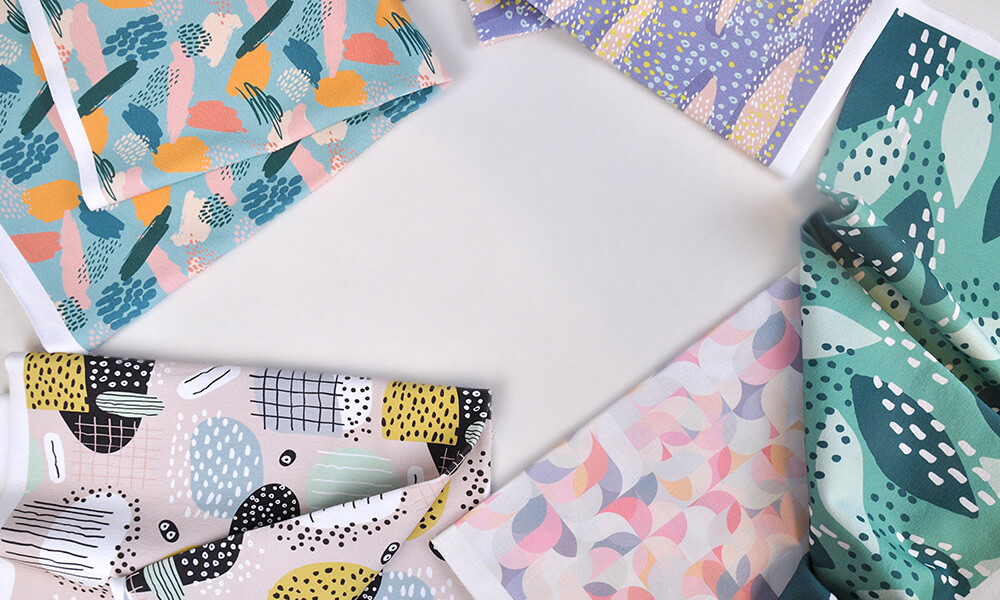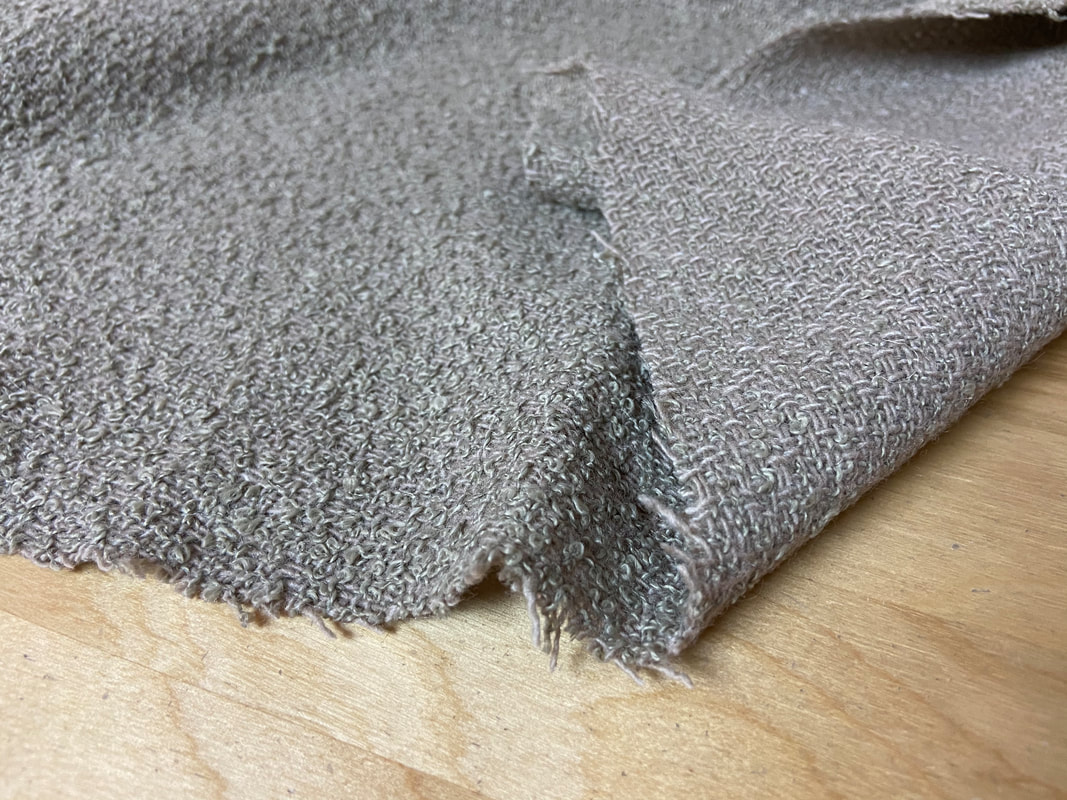The Single Strategy To Use For All 4 Way Stretch Fabrics
The Single Strategy To Use For All 4 Way Stretch Fabrics
Blog Article
Some Known Questions About All 4 Way Stretch Fabrics.
Table of ContentsThe Basic Principles Of All 4 Way Stretch Fabrics All 4 Way Stretch Fabrics Things To Know Before You BuyThe Only Guide to All 4 Way Stretch FabricsAll 4 Way Stretch Fabrics Fundamentals ExplainedThe smart Trick of All 4 Way Stretch Fabrics That Nobody is Talking AboutThe Buzz on All 4 Way Stretch Fabrics7 Easy Facts About All 4 Way Stretch Fabrics Shown
As I also desire UV protection from my garments when I go out, I would certainly choose a largely woven cotton fabric. One even more consideration when purchasing the fabric is the way it will after cleaning.A risk-free wager would be to purchase at least 10% added material. If you can purchase preshrunk fabric, this is the best.

If you are matching the color, like picking the cellular lining for the main fabric or choosing fabric to add as trim, this is particularly essential. The textile showrooms will typically have a light well where you can see the textile in sunlight (or a home window with excellent light from outside).
What Does All 4 Way Stretch Fabrics Do?

Most materials are concerning 44 broad. When you go to acquire material, price quote how much you desire first and then go to the store.
Some excellent bargains can be had this method. In dressmaking, we acquire fabric by the yard/meter.
Some Known Questions About All 4 Way Stretch Fabrics.
In a quarter of a lawn, you get a 9 by 44 strip of fabric, which is concerning 22 cm in size. According to the size of materials, they may be called single-width and double-width.
You can find out more concerning backyard to meter conversion right here. Have a look at this message on reading a tape measure Choose textiles that are not as well difficult or rigid, or you would not be comfy in them. Bed linen, Jeans, flannel, For colder environments, pick wool (100% in addition to wool blends) woollen tweeds, woollen crepe; it primarily relies on what pants you are talking about Tailored pants, Unstructured Pant, Combined, Denim.
Corduroy is comfortable to put on material to pick for pants. All cotton textiles are great for children. You can select a cotton satin stretch or a cotton twill or cotton satin or grass. Knit materials are additionally fantastic for kids you can go with wool knits. Interlock knits are dressmaking knits that extend across the grain.
4 Simple Techniques For All 4 Way Stretch Fabrics
Cotton yard fabric in appealing prints is great. Silk jacket is a great fabric for sewing skirts, as is Ponte Roma knit fabric.
Also, drapey rayons, soft wool, lycra blends, and stretch velvets are all suitable for stitching skirts. Wool (Wool crepe has a fantastic drape and gives enough structure for jackets; woollen tweeds are wonderful too), Bed linen & Flannel. Velour (Take A Look At the slouchy velvet blazer tutorial, incidentally). Light-weight knits Our site are excellent for free-flowing coats similar to this waterfall coat pattern Raw silk, satin, taffeta, velour, Shoelace, silk chiffon, and Organza are all terrific for making outfits.
You can get medium-weight materials with some spandex/elastane included for a fitting bodycon-type dress. For drapey dresses, you can pick light-weight textiles. Jacket has a drapey fit similar to this. Crepe, challis, and charmeuse are all drapey fabrics suited for this style. Take a look at these messages: Best fabric for making informal gowns and tops; Names of different dresses. Rayon, Acetate, and cotton lining products are commonly made use of.
Lightweight cotton textile, Cambric, Chintz, Twill, Faille, Seersucker, Poplin, lightweight woven broadcloth, batiste, bed linen, eyelet are good for making t shirts and shirts. Smooth satin textile is good for making ventilated tops. When buying formed material (most of the formed textile comes with a width of 45 or 54 inches), there will certainly be pattern repeat in these materials, and this should be taken right into consideration when cutting textile as well as getting them i.e., if you want to match the patterns at the joints.
6 Simple Techniques For All 4 Way Stretch Fabrics
This blog post has the names of all the checkered patterns and this, red stripe patterns. The concepts will certainly be distributed in an organized fashion on the material. However you might observe sometimes If the print is not positioned on the fabric correctly, it can not be matched or lined up when created without misshaping the material and the hang of the garment.


You can find out more regarding grain and grainline of textile right here. The fabric weight hinges on numerous factors like the weave, fiber type, and so on and is normally denoted by GSM. GSM can vary from 60 -700; 700 being the GSM of really top notch woolen fabric. A denim material has a GSM of 400, depending on the weave.
One thing you have to keep in mind is that greater textile weight does not signify higher fabric high quality. It simply is a sign of the suitability of the textile for a particular job. You can pass by high textile weight fabric jeans for a lightweight floating shawl. Understanding the material weight is valuable when comparing the very same kind of textiles, but even this will rely on its application.
In a nutshell, the most important criteria to look for in the textile you get are as complies with (https://www.magcloud.com/user/a4wsfabrics). The number of strings per inch of fabric (yarns-per-inch).
All 4 Way Stretch Fabrics for Dummies
This is really vital in any textile. In top notch material, this equilibrium (either in numbers or in dimension) will certainly constantly be preserved. Processes used on fabric to boost appearance and efficiency. The fibers that are woven to make the textile will either be as a solitary hair or will certainly be developed by integrating two yarns (turned).
A two-ply thread transcends to a single-ply thread.
If you are obtaining all set to begin a new sewing task, picking a fabric will be the most essential action once you determine what you intend to make. After you've mosted likely to all the difficulty and expense of acquiring the stitching device you like, a pattern you love, and a textile you enjoy, you want the finished item to be a success, right? One means to accomplish that is to start by making sure your fabric is really appropriate for the project.
Not known Facts About All 4 Way Stretch Fabrics
For instance, if you're making a patchwork, you'll immediately intend to make use of quilter's weight cotton for ideal results. However what happens if you wish to make a product of garments? Exactly how do you understand which material will give you the very best result? Picking a fabric simply because you enjoy the print or design on it isn't necessarily the most effective approach.
In order to avoid doing an entire project for essentially absolutely nothing, we have actually assembled some pointers to help you choose which textile is ideal for your job. Allow's claim you currently have a project in mind; just how do you discover the ideal textile for it?
Think of the features you want the completed product to have. If apparel, will it be fitted or loose? Dressy or everyday? For cozy weather condition or cold? Do you desire a solid shade or a print? If you are making a non-wearable item such as a pillow cover or potholder, utilize a tough fabric such as canvas.
There is a lot information available regarding materials, their features, and their uses, it could get to be frustrating! So do not try to take it in all at as soon as; simply start with the task at hand. Learn all you can concerning the fabric you use for this task.
Report this page